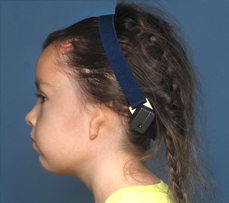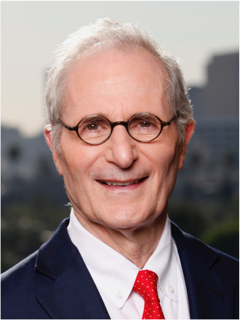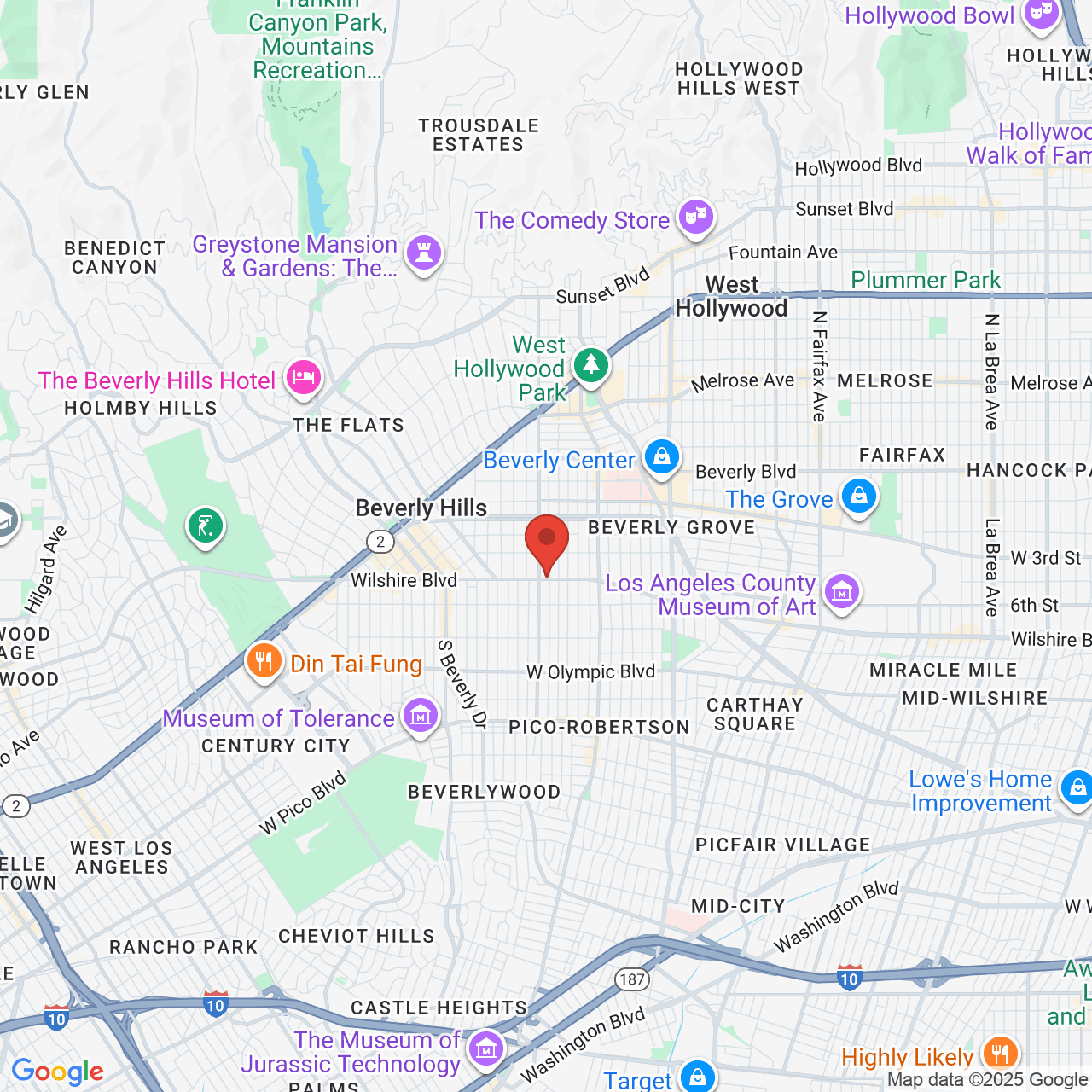Causes, Effects, and Treatment Options for Aural Atresia

If your child was born with microtia, like the external ear, the inner ear and ear canal may be underdeveloped. Aural atresia results when the ear canal is narrow or absent. This condition affects the way that sound reaches the inner ear and can cause significant hearing and speech difficulties for your child. Through advanced aural atresia surgery, Beverly Hills surgeon Dr. John Reinisch and a highly trained otologist can create a new ear canal and improve your child’s hearing. Their advanced surgical techniques and professional collaboration have changed the lives of many of our patients. Contact our Beverly Hills microtia surgeon's office today to schedule a consultation and learn more.
What Is Aural Atresia?
Aural atresia can range from a slight narrowing of the ear canal to its total absence. The ear drum and hearing bones may also be malformed, although the inner ear and hearing nerve are typically unaffected.
Normally, sound waves travel through the ear canal to the middle ear, where they vibrate the ear drum. The ear drum then moves the tiny hearing bones, which in turn set off vibrations in the fluid inside the inner ear. The fluid stimulates the nerve cells that send electrical impulses to the brain, and the brain processes these impulses as sounds. When a patient suffers from aural atresia, the sound waves are not able to reach the inner ear properly, and the brain cannot recognize sounds.
Long-Term Effects of Aural Atresia
An inability to hear and process sound correctly poses significant challenges for your child. Because microtia affects 90% of patients in only one ear, the other ear is able to process sounds normally. However, even when aural atresia is not bilateral, there are several serious side effects. First, your child will have difficulty hearing in noisy settings because the brain will have trouble determining which direction sounds are coming from. Because he or she will not be able to filter out background noises, this can cause considerable problems in school and social situations. Aural artresia can also cause speech impediments.
Advanced Treatment Options
Dr. Reinisch offers several proven treatments for aural atresia. Working with a top otologist, he will perform a computed tomography (CT) scan to determine whether your child’s inner ear bones have fused together. If they have not, surgery may be an excellent treatment option. During the procedure, the otologist will surgically create an ear canal and ear drum for maximum hearing restoration. Using a laser, the surgeon will create a canal from the temporal bone to the middle ear bones. He will then fabricate an eardrum, and, if needed, repair or replace the inner ear bones. Dr. Reinisch can perform a separate procedure to reconstruct the external ear, such as the advanced MEDPOR® technique.
If your child is not a good candidate for surgery, there are several other treatment options that can improve their hearing, including traditional bone anchored hearing aids (BAHA), soft-band BAHA, which can be worn from infancy, and vibrant sound bridges, another type of implantable hearing device.
Learn More
It is important to address your child’s aural atresia as soon as possible so that speech patterns can develop normally from an early age. To learn more about this condition and your various treatment options, contact our office and book an appointment with Dr. Reinisch.


